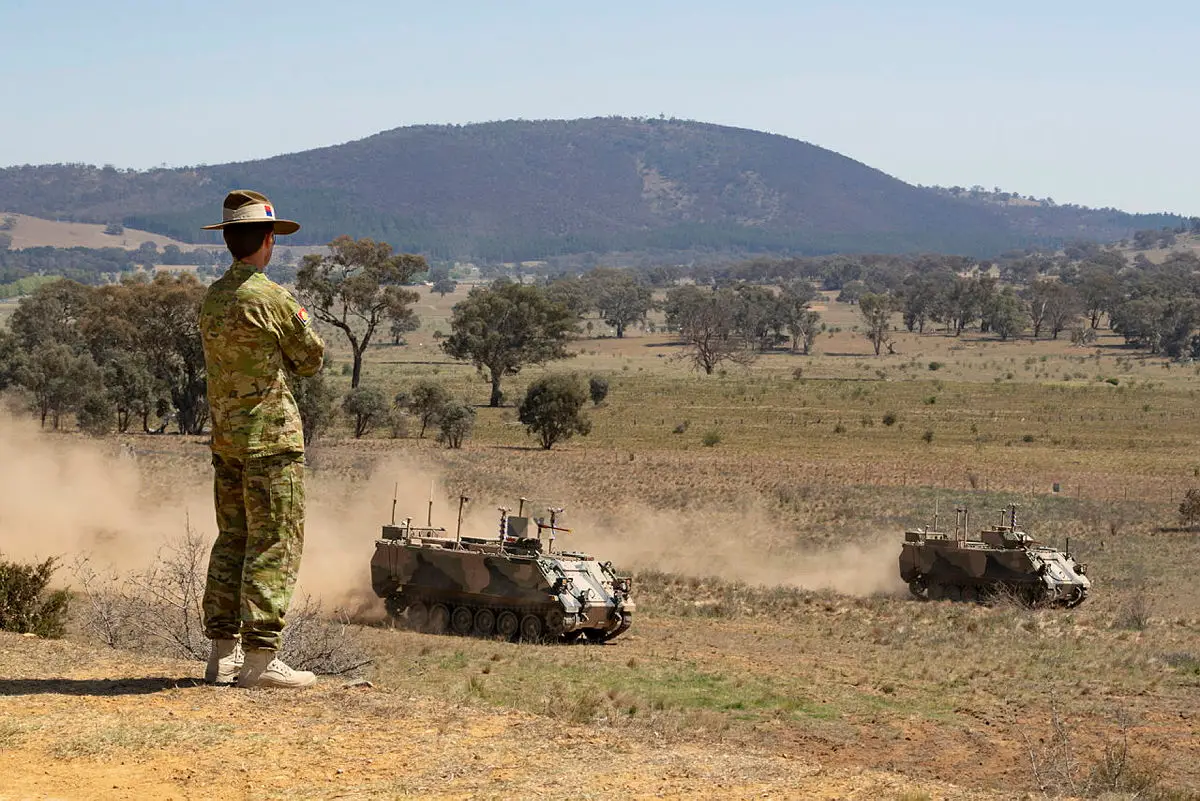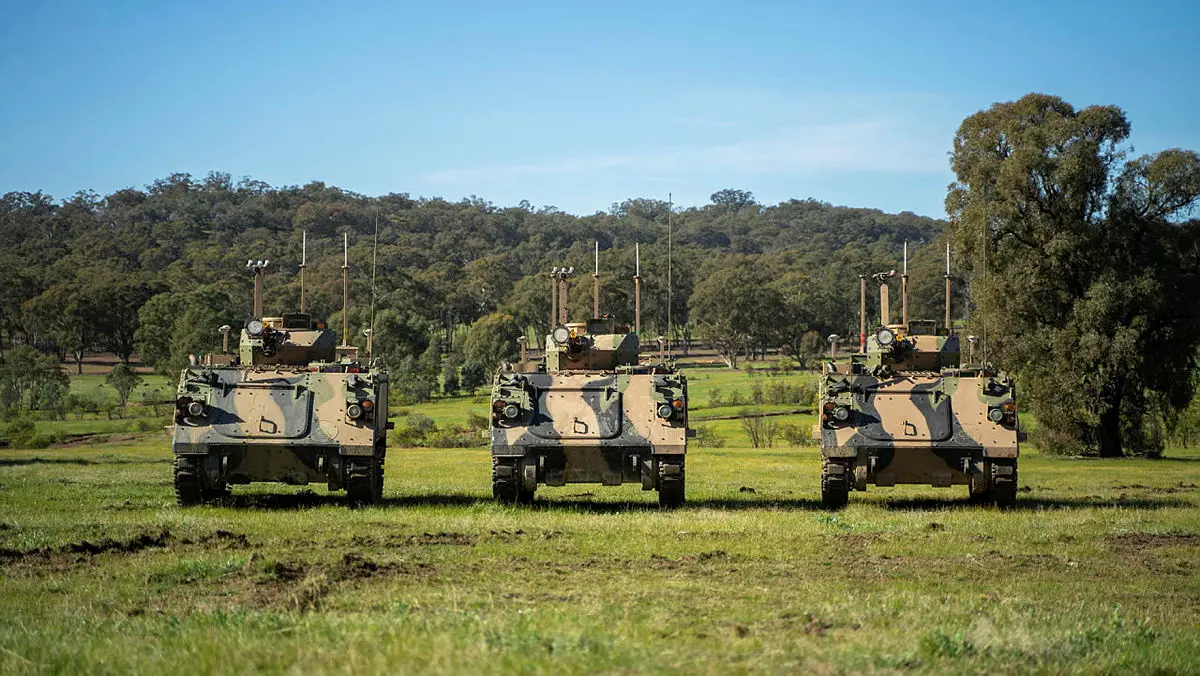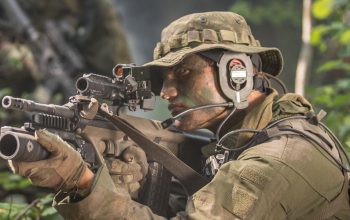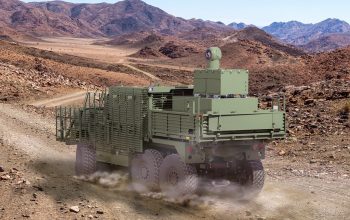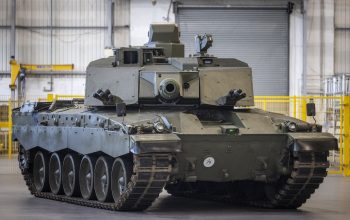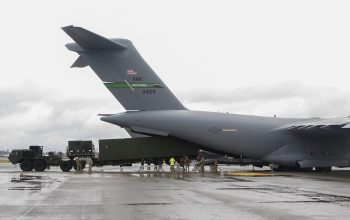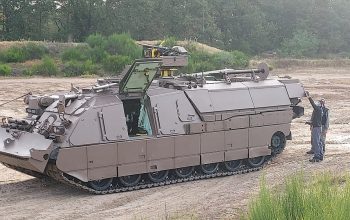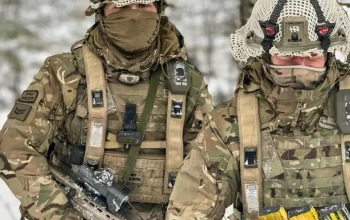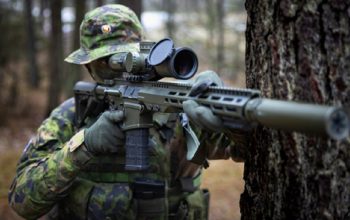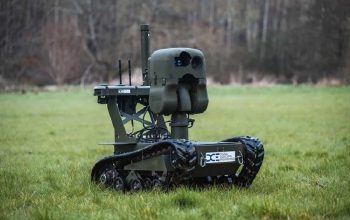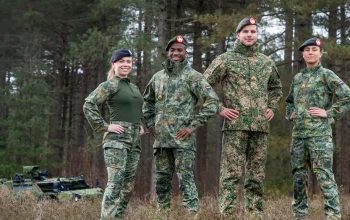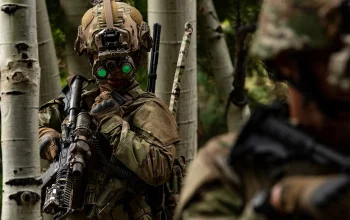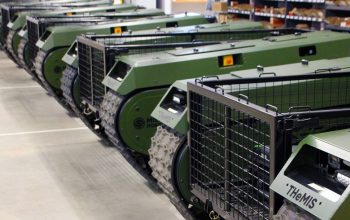The Australian Minister for Defence is increasing Army’s experimentation, prototyping and exploration of autonomous vehicle and emerging technologies with a $12.2 million boost in Australian industry contracts. In the 2020 Force Structure Plan, Australian Minister for Defence set out how Defence plans to seize these opportunities through greater development and implementation of robotic and autonomous systems. The development of robotic and autonomous systems are central to meeting Australia’s future operational challenges, including humanitarian assistance and disaster relief, and combat operations. These technologies are ‘disruptive technologies’ that provide marked advantages on the modern battlefield by bolstering ADF capability while protecting Australian personnel.
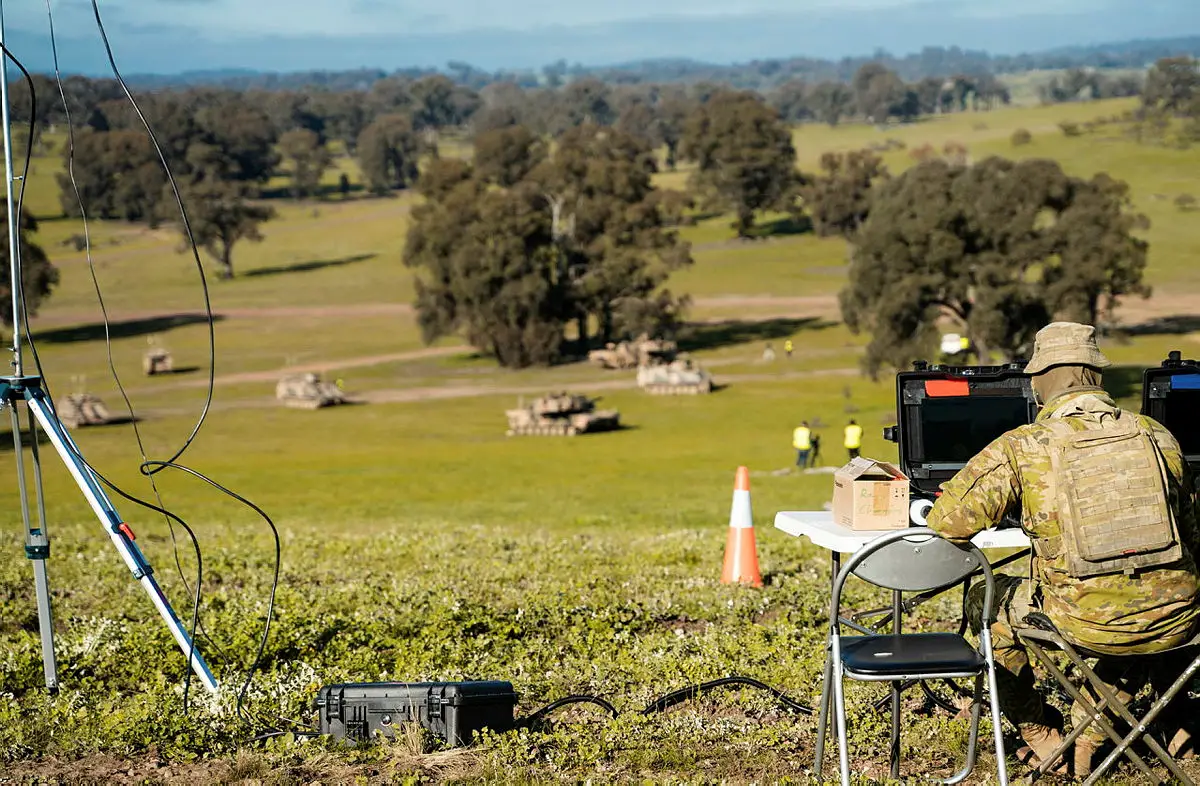
The contracts will be delivered over the next three years and include:
- $7.7 million contract with BAE Systems Australia to convert 16 M113AS4 Armoured Personnel Carriers into Optionally Crewed Combat Vehicles (OCCVs), increasing the OCCV fleet available to 20 vehicles and support experimentation over two years. Conversions will be conducted in South Australia by BAE and in regional Victoria by Defence’s Joint Logistic Unit (Victoria).
- $3.5 million contract with the Institute for Intelligent Research and Innovation (IISRI) at Deakin University for the expansion of Army’s leader-follower vehicle technology prototyping.
- $135,000 contract with QinetiQ Australia for the modelling of the value of conversion of a Bushmaster Protected Mobility Vehicle to hybrid-electric drive.
- $897,000 contract with EPE for small wheeled robots to experiment with human and machine teaming in reconnaissance roles.
Minister for Defence Industry Melissa Price said the investment will boost robotic and autonomous vehicle studies and help to build opportunities for local defence companies.
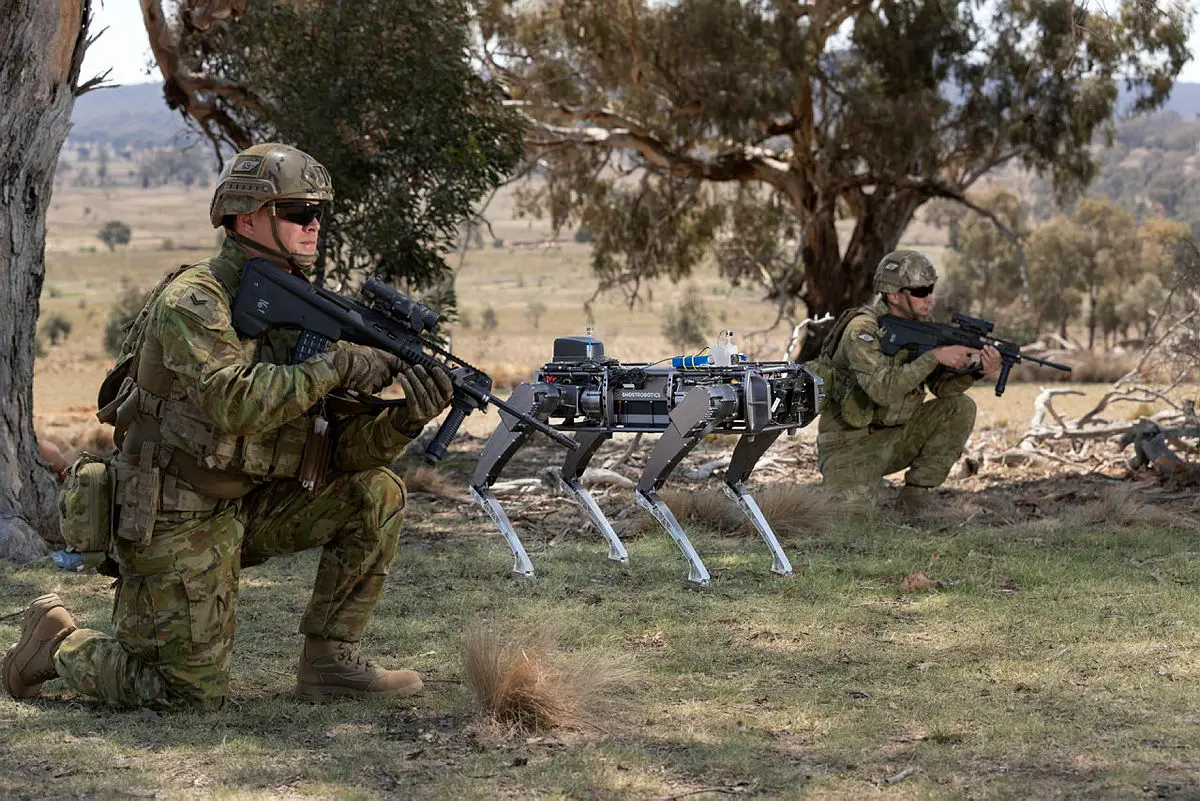
In November 2019, the Australian Army has demonstrated a pair of autonomous armored vehicles M113AS4 that it will use to study how robots will impact the battlefield of the future. At the Majura Training Site in the Australian Capital Territory, two specially modified M113AS4 tracked armored vehicles carried out battlefield simulations while the Chief of the Army looked on. The two M113AS4 were converted by BAE Systems featuring manual control, teleoperation, autonomous waypoint navigation, and follow the leader capabilities. The Australian Army’s Robotic & Autonomous Systems Implementation & Coordination Office (RICO) was launched in March 2020 to explore, coordinate and develop concepts for disruptive technology in pursuit of its Robotic and Autonomous Systems Strategy.
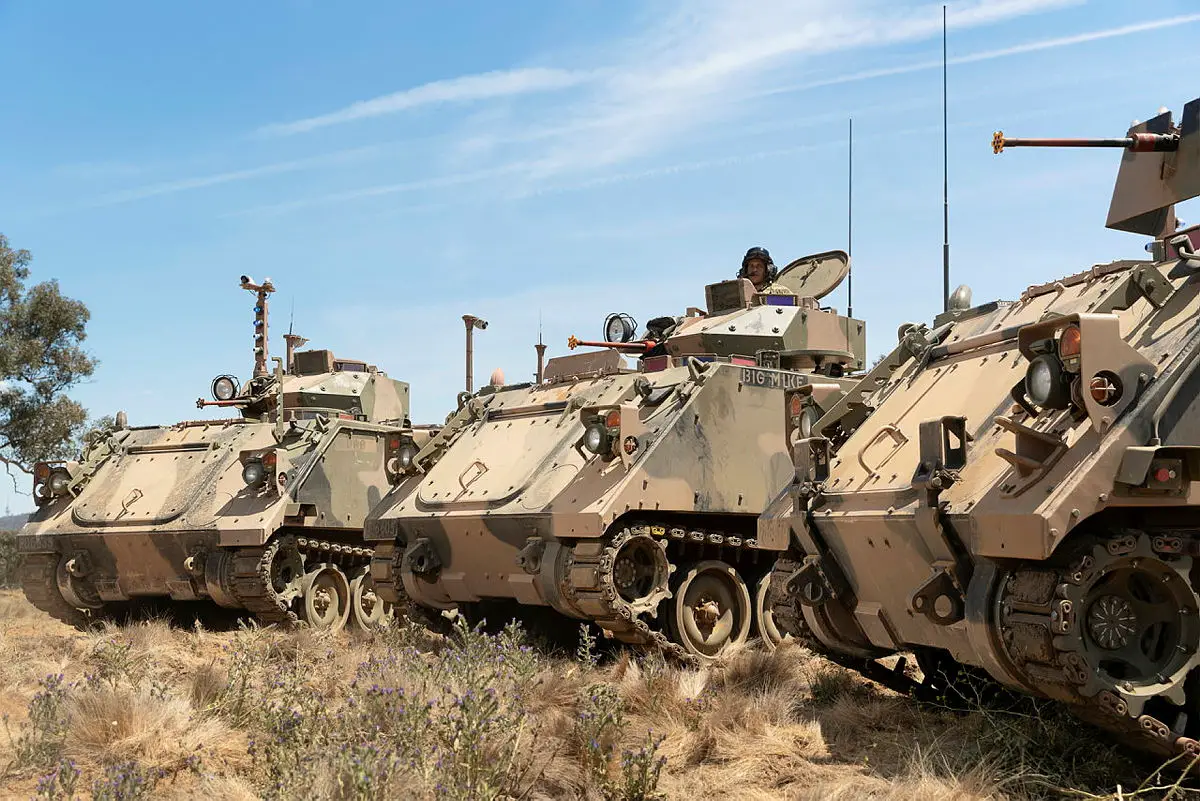
The Australian Army has operated large numbers of M113 armoured personnel carriers since 1964. Some Australian AFVs have the suffix “AS” (the NATO code for Australia), often appended by a model number. The M113AS4 is an Australian-made upgrade of the old M113AS1 and M113AS3, lengthened to fit an additional road wheel station and fitted with a new Tenix Defence designed electronically driven “one man turret” with 12.7mm heavy machine gun and sigh. The project of the Australian M113 upgrade was led by BAE Systems. Despite the upgrade program, the M113s are now obsolete and the Army has not used them in recent deployments due to their vulnerability to attack. A project to replace the M113s with infantry fighting vehicles is underway, and the new vehicles are scheduled to enter service from 2025.
